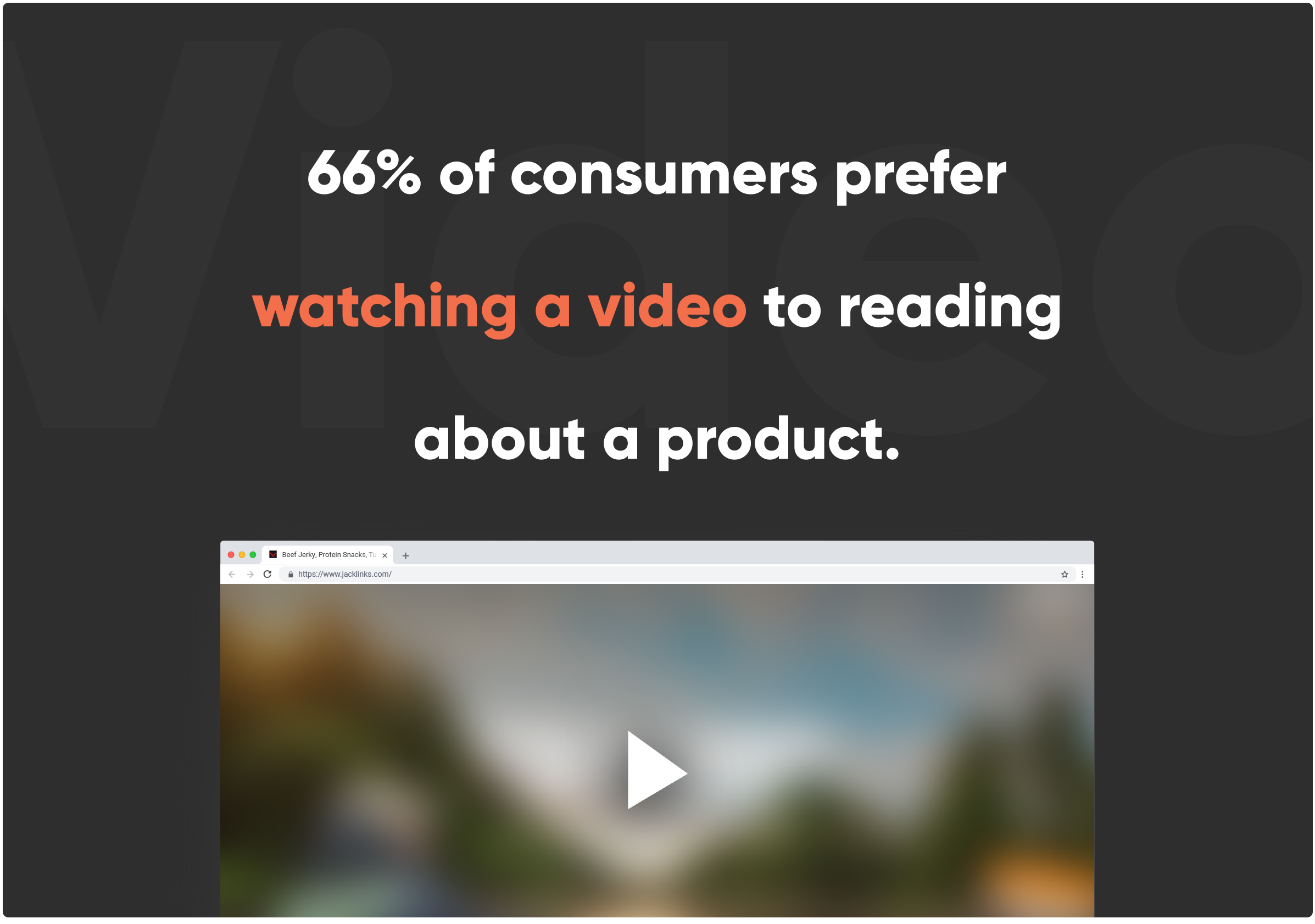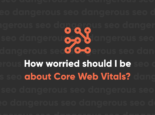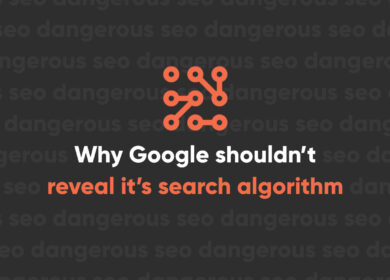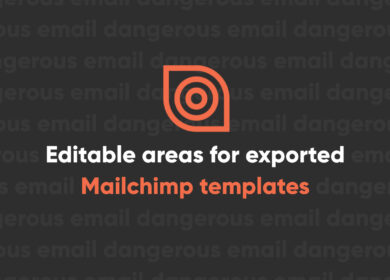
8 marketing strategies that will define 2021 (and beyond)
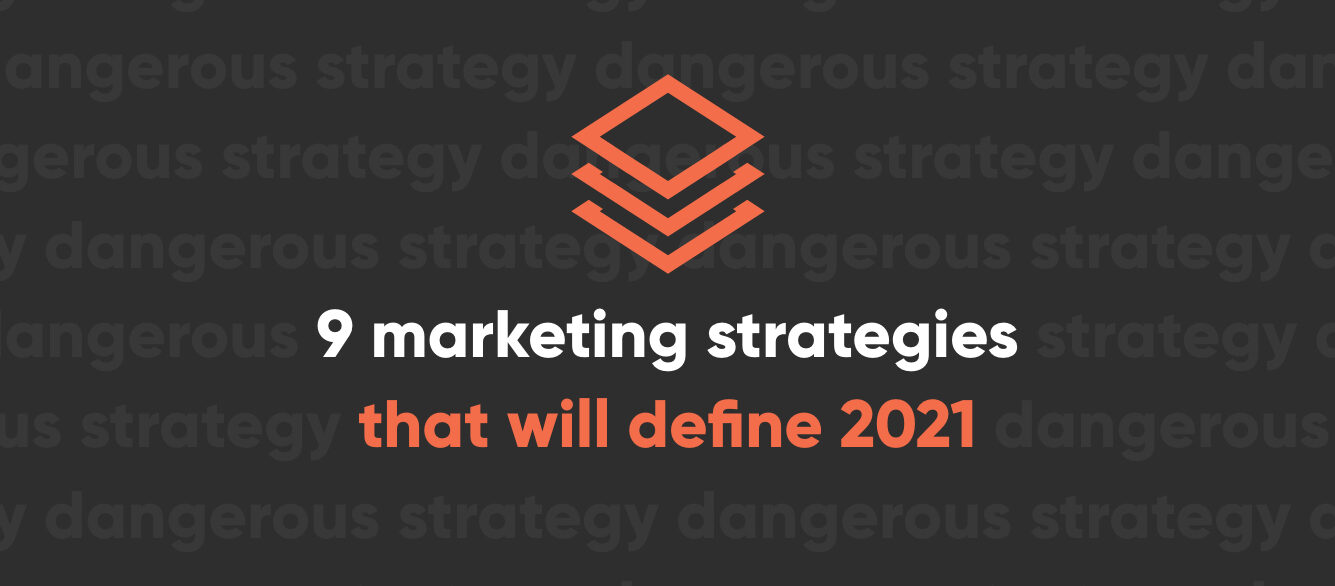
It’s the beginning of a new year once again, which means more year-end lists recapping everything we’ve seen over the past 12 months – and last year, we saw a lot of new and unexpected things. We’re all familiar with the rolling lists of the “top 100 albums” or “top 10 movies” that surface every December, but there are also just as many forward-looking lists that aim to predict everything we can expect from the year to come.
Lists like these are ever-present in the business world, attempting to forecast incoming trends just as businesses are putting the final touches on next year’s budget. Amid this noise, a lot of these lists can become repetitive or overwhelming or even downright cliché, failing to really prove useful for the decision-makers reading them.
We do want this list to forecast much of what we can expect from digital marketing in 2021, but we also want it to provide businesses with legitimately actionable insight to improve their marketing efforts in the coming year and in the several years thereafter. This isn’t just a list of the hottest digital marketing trends for 2021. It’s a layout for a training regimen to help your business get ready for the marathon that will be the 2020s.
There are 8 digital marketing tips and strategies here, each designed to help your business gain a firmer grasp on its direction, industry, and audience. So let’s blast off.
1. Spend the right amount on marketing
Marketing costs money, and successful marketing costs a specific amount of money predetermined by you based on your business’s goals and needs. That’s where this all starts.
The “marketing budget” looked vastly different for most businesses in 2020 – businesses who had to decide where to cut costs to meet the momentary challenges of the COVID-19 pandemic and the subsequent pullback of consumer spending (in most industries). And while these concerns certainly won’t be firmly in the rearview as we turn the calendar to 2021, a slow return to normalcy may begin as vaccinations make their way around the world.
Whether in tough times or good times, the need to strategically set up a marketing budget is still there. If you’re spending less than you should be on marketing, you’re not going to experience the full impact it could be having on your business. And if you’re spending more than you should be on marketing, you’re going to limit the profitability it can create. The goal is to find that sweet spot – spending enough to meet your goals but not so much that it hurt your margins.
And this sweet spot can be tough to find, because it’s different for every business. We’ve set forth some guidelines here to help determine how much you should be spending on marketing and where those dollars should be going (across digital advertising, content creation, email marketing, SEO, and your website). While our recommendations are by no means a one-size-fits-all solution, they are based on decades of experience and findings in working with brands across a wide range of industries. We feel it can serve as a launching point to get you thinking about your budget in the right way.
Marketing needs are different for businesses in different industries. If you’re a brand in customer services whose entire existence is based on outreach and engagement, you’re no doubt going to have different needs than a manufacturer whose business is 90% referrals from long-term clients.
Once you do set a marketing budget, it’s important to revisit it every year as your goals and overall business budget evolve. And every year, there will be new marketing strategies like those below that you can begin working into the mix.
Understand what percentage of gross revenue each industry is spending on marketing.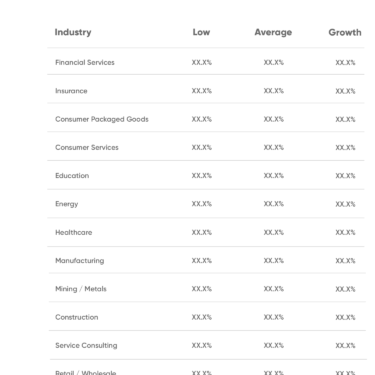
2. Make room for scalable AI marketing
Artificial intelligence has been making its way into digital marketing for a while now, and many experts are anticipating the rise of what’s becoming known as conversational commerce in 2021. The idea is that brands will begin utilizing rich communication services (RCS) to communicate directly with customers in a way that is truly bidirectional to drive engagement and build loyalty.
RCS has been labeled by some as “text messaging 2.0” and essentially functions as a more personalized and reliable method of SMS communication – that most consumers prefer. But RCS is just one of the ways brands can begin to further leverage AI to better engage with (and gather useful information about) their users.
The concept of “business hours” doesn’t really exist anymore – especially if you are a B2C eCommerce shop. Users need you when they need you, and they need to be able to interact with your brand at all hours of the day to complete transactions, receive customer support, or otherwise build that relationship.
The conventional option is to have a round-the-clock support staff ready to individually address users’ needs as they come in. The more economical option is to rely on AI to nurture and engage with users on a personalized basis – no matter the day or time.
This engagement is powerful at a surface level (your brand is always there for them), but these conversations with users can also provide insights into sharpening that relationship and your ability to market to them in the future.
3. Make your content interactive
Most traditional website content (like blog posts, videos, and infographics) is fine, but is also fairly limiting in terms of audience engagement. After all, you can only “engage” so much with a paragraph of text or an image or a bar graph. At a certain point, all users are seeing these types of content in the same way and reacting accordingly.
A great way to let users experience your content on a unique basis is to make it more interactive. When we say “interactive,” we mean just that – users are interacting with content in a way that is unique to them.
Say your website offered a budget calculator for users to input their own unique values and receive a tailored deliverable based on that information. This ability to personalize their content experience not only garners increased engagement, but it also provide you with useful information once submitted. A simple budget calculator, for example, can uncover users’ revenue, goals, company size, and more.
Interactive content can also be fun, with elements like quizzes, polls, survey, and even games serving as valuable strategies that can build satisfaction with customers while also serving as lead-generation and data-capturing tools.
4. Take control of visual searches with video content
There are many aspects of SEO, and the visual side is one of the most often overlooked. This doesn’t just include images, but videos, too. We know images need to be chosen wisely, optimized for alt text and title text, properly sized, and so on – but many similar considerations need to be kept in mind for video.
Videos can improve your content offering by providing a visual and often more digestible form of content for users, but they can also provide your site with an SEO boost – if you optimize properly.
This includes adding a transcript to your videos. Think of how often you watch videos on your phone without any sound on. Well, you’re not alone – but you also wouldn’t be able to do this if most of these videos didn’t have transcripts. A script gets many users to watch the video and also has SEO value, because Google can index and search within the script’s copy.
Titles and meta descriptions also matter for video, just as they do for blog posts – and the practice is much the same. Meta descriptions should be relevant and concise while including a couple main keywords. You should also make sure your videos are optimized for mobile, as desktop video viewing is no longer the norm.
Adding high-quality videos to your content is an increasingly effective way to engage with users while giving your site an SEO boost.
5. Repurpose your content – and then repurpose it again
Repurposing content is a fantastic way to capitalize on your highest-quality and highest-performing pieces by putting them in front of new audiences in new formats. It also saves time, as the idea and the meat of the content is already there – it’s just up to you to repackage and promote it.
Translating your best content into new forms across different channels can help you reach different audiences with high-performing content. Maybe you created a blog post that performs really well in search and also had a high click-through rate in a previous email campaign. Repurposing that post into the form of a video and then posting it directly to Twitter or Facebook may be a good way to garner attention from a new audience. Simply sharing the link to the blog post may not have gotten clicks, but if users are scrolling and your video automatically starts playing (with captions), there’s an increased chance many will begin watching before they even know what’s happening.
When considering which content to repurpose, look for:
- Evergreen content that is always relevant and high-quality
- Your most popular content (in terms of views or engagement)
- A topic with more left to explore
Some great ways to repurpose content include:
- Infographics
- Refreshed versions of old blog posts
- Reshares on social media
- Email series
- eBooks
- Podcasts
- Videos
- Webinars
If you repurpose a piece of content one time, don’t stop there – especially if it continues to perform well. If content is good enough, it can continue to provide value on social, in email, as a video, and more.
6. Digitize your sales process
The concept of a digital-first sales model is not new for many B2C eCommerce brands, but it’s a bit more foreign in the B2B landscape where sales processes vary drastically and often depend on a series of complex customer decisions. You’re not just buying a retail product where you can weight pricing and customer reviews, but in most cases are purchasing a service that is much more abstract and difficult to quantify.
However, Gartner expects leading B2B sales organizations to begin rapidly implementing digital selling models and to move away from the current long-standing model of sales reps as the primary commercial channel. Gartner believes the current sales model underserves the most critical need for customers – confidence that they’re making the best business decision possible. This is a leading reason for the anticipated shift toward a digitized sales process, along with the fact that 44% of millennials prefer no sales rep interaction at all in a B2B setting.
This doesn’t mean sales reps are going to become entirely irrelevant, but it does mean the role may need to evolve a bit to that of steering self-learning customers toward these more confident purchasing decisions.

One way to achieve this is by providing prospective customers with immersive digital experiences, such as a virtual tour of a real estate space or of a manufacturing facility. It is also expected that data will play an increased role in driving the sales process, supported by customers’ increased digital buying behavior. This will create new opportunities for analytics- and data-driven sales organizations to tap into customer data and to analyze funnel trends.
7. Add augmented reality (AR) to your eCommerce experience
For small to medium purchases, shopping online really isn’t much of an issue. It’s easy enough to purchase a book or a Bluetooth speaker online and to be fully confident in the product you will eventually receive.
But this confidence isn’t as commonplace with larger or more detailed purchases like a bicycle, a new appliance, or a smartphone, where consumers prefer to see the product up close before pulling the trigger. As online retail has grown, this has remained the primary advantage of in-store shopping – the ability to inspect and get to know a product before purchasing.
Augmented reality (AR) is blurring the line between online and in-store shopping by allowing users to more intimately interact with products as if they were holding them in their hand – all in a virtual, immersive environment.
AR can allow users to preview products directly in the context of their own lives. On the fence about a new loveseat? AR will allow you to place the piece of furniture in a virtual environment to see how it fits into your home – both stylistically and spatially. Nike has done something similar, enabling customers to preview footwear directly on their own feet through fully immersive AR.
This is changing the way people shop and is effectively merging the online and in-store shopping experiences for customers who desire a simple, streamlined experience and the intimacy of in-person shopping. And advertisers and marketers are taking advantage, with AR ads enabling brands to bring their products to life in front of consumers wherever they are.
Azad Abbasi, CEO of Genius XR, predicts AR will become the norm for online sellers in the next five to 10 years. Getting involved in this space now puts you ahead of the curve in implementing and fine-tuning this technology and how it can apply to your product offering.
8. Start optimizing for voice search
Voice search (and what we know about it) is growing every day, and it’s time to start accommodating it from an SEO standpoint. More and more users are utilizing voice search on their phones and through virtual assistants like Alexa and Google Assistant, largely because it is quicker and more natural during tasks where hands are occupied, such as driving or cooking.
72% of people that use voice search devices claim they have become a part of their daily routine. On top of that, 43% of voice-enabled device owners use it to shop, indicating a growing audience that is relying heavily on voice search to complete purchases.
So how can you optimize your website for voice search? It starts by recognizing that the way people search using their voice and the way they search using a keyboard are different. Voice search queries are typically longer and more conversational, because it’s easier for most users to speak than it is for them to type.
Say you were traveling for work and wanted to grab some coffee before a meeting. A typed search might look something like, “top 5 coffeeshops in Minneapolis.” It’s short, to the point, and leaves little room for error that might land you on a bad result.
When spoken via voice search, however, the query might sound something more like, “What are the best coffeeshops near me?” This search is a bit longer and is worded as a question the user might even ask an actual person – or their virtual assistant.
Optimizing for voice search starts with understanding how users are speaking their queries – and then ensuring your site is there to help, either through FAQs, blog content, or service pages.
Start winning online in 2021 and beyond
Succeeding online comes down to two things: having the right strategies and having the right people to execute those strategies. Perrill has both. We are a full-service digital agency that knows how to win – and we’ve been doing so for over 25 years. As Minneapolis’ original digital agency, we power our clients’ businesses online through a balanced approach of data and creative, working with you and with each other to build a platform that can catapult you toward lasting growth.
Let’s get started.


